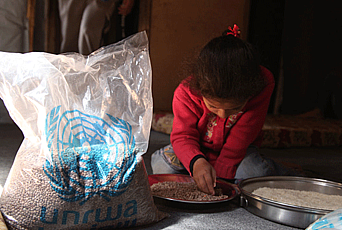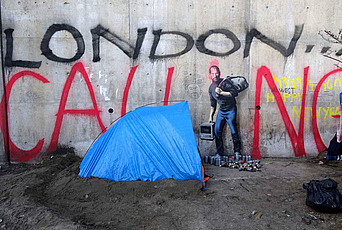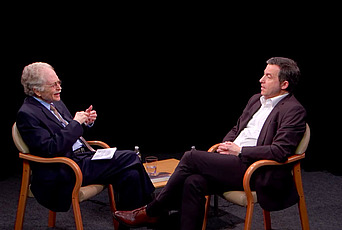An institution dating from antiquity whose formal recognition culminates with the 1951 Geneva Convention on Refugees, asylum has been confronted with a dramatic increase in applicants during the past century. However, this burden has been unevenly distributed worldwide: refugees are massively concentrated in camps of the global South, particularly Sub-Saharan Africa and Central Asia, whereas asylum seekers are selected via a form of casuistry in the global North, under the pressure of growing suspicion toward so-called bogus refugees.
Drawing on ten years of research, this lecture by Didier Fassin, James D. Wolfensohn Professor in the School of Social Science, examines the significant changes to the conception of the right to asylum in recent decades and the ordeal faced by applicants as they go through complex administrative and judiciary procedures in an attempt to have their status acknowledged. Beyond the study of the refugee problem, the analysis proposes an inquiry into the question of truth—that of the asylum seekers as well as that of contemporary societies in their endeavor to define and circumscribe the responsibility to protect the victims of violence.


